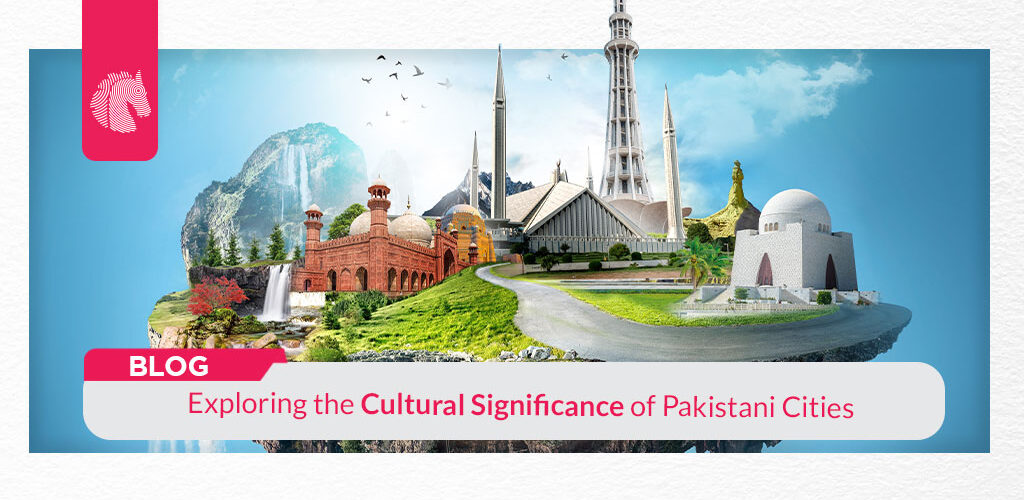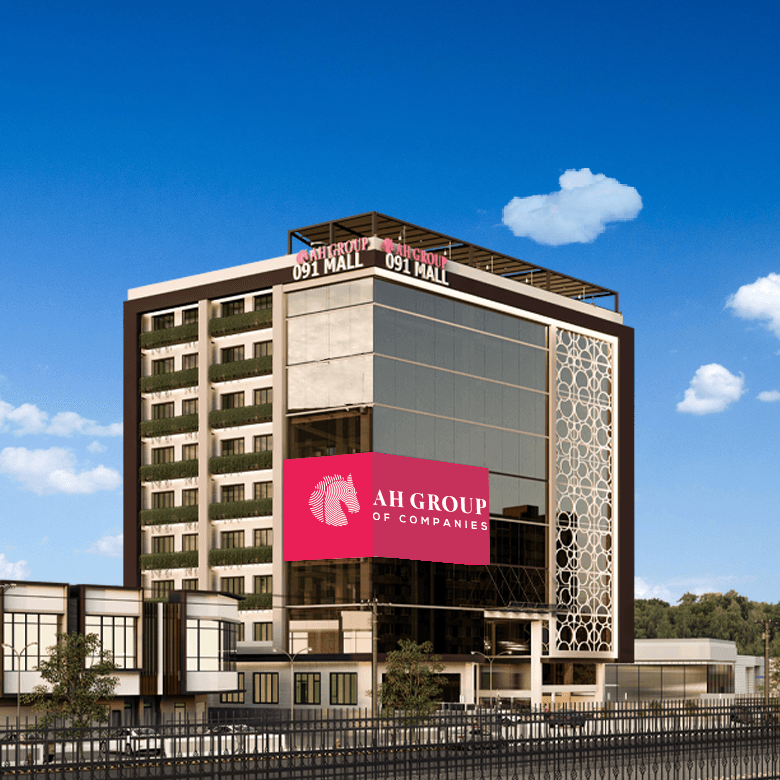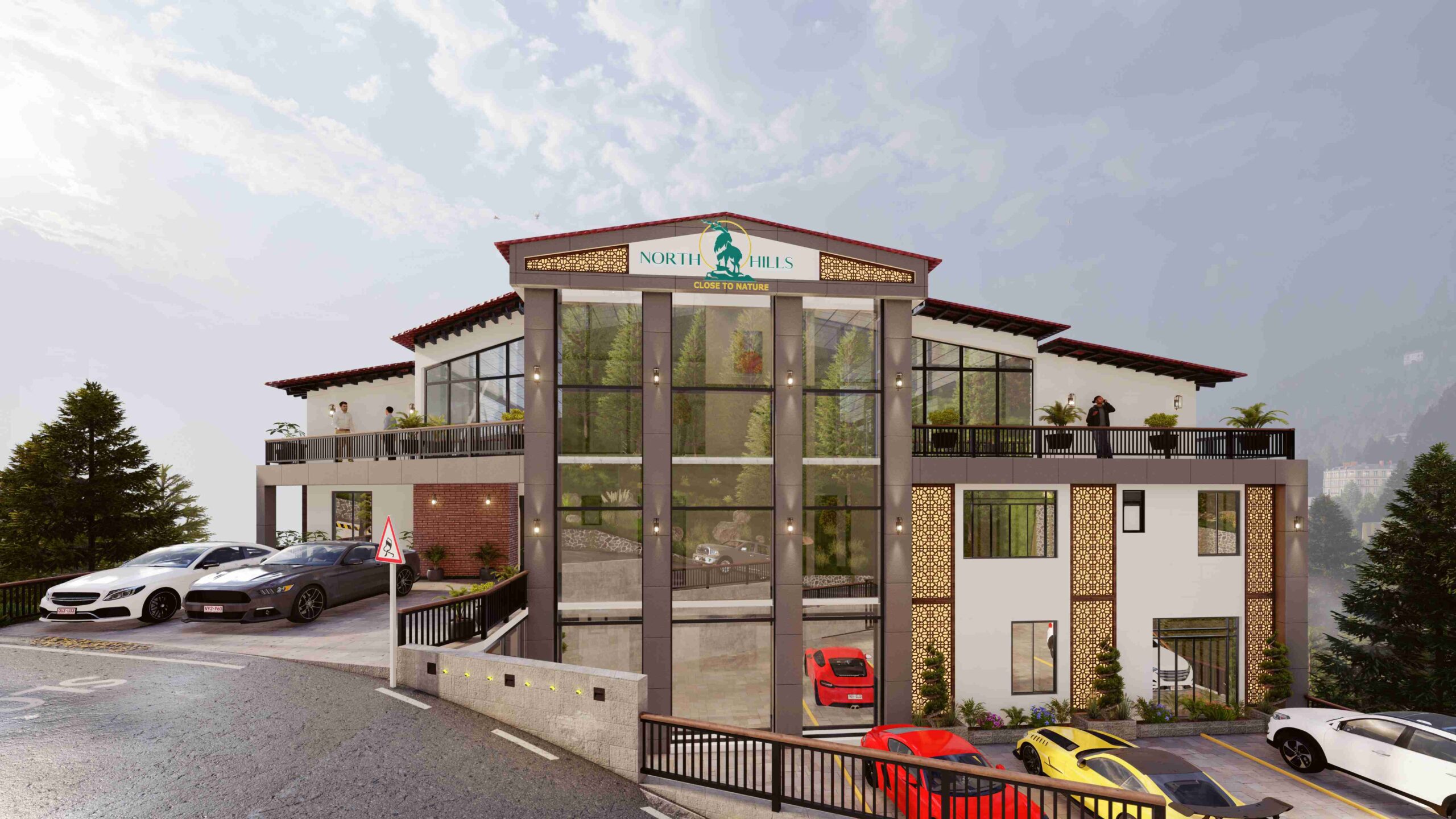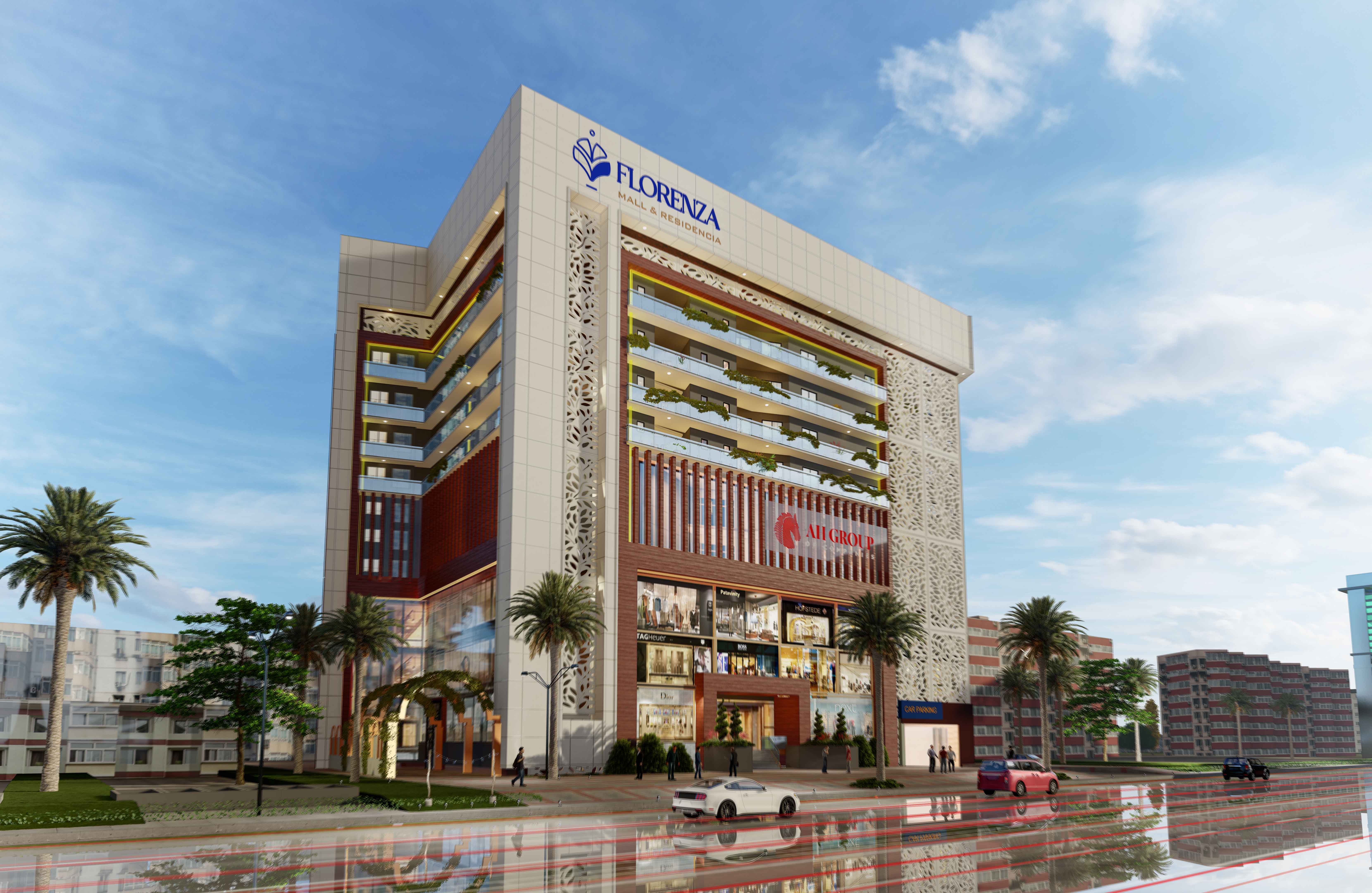Exploring the Cultural Significance of Pakistani Cities

Pakistan is a country known for its rich cultural heritage and diverse traditions. Its cities are vibrant centers that reflect the unique history, art, architecture, and customs of the regions they represent. In this article, we will delve into the cultural importance of various Pakistani cities, highlighting their distinct characteristics, landmarks, festivals, and contributions to the nation’s cultural tapestry. Join us on this captivating journey through Pakistan’s cultural landscape.
- Lahore: The Cultural Capital
Lahore, the cultural capital of Pakistan, is a city steeped in history and artistic traditions. Known for its Mughal-era architecture, Lahore is home to magnificent structures such as the Badshahi Mosque and Lahore Fort. The city’s bustling bazaars, including Anarkali and Liberty Market, offer a treasure trove of handicrafts, traditional attire, and delectable street food. The annual Basant festival, celebrated with kite flying and music, showcases the city’s festive spirit.
- Karachi: The Melting Pot
Karachi, Pakistan’s largest city and economic hub, embraces diversity like no other. Its cosmopolitan nature is evident in its multicultural neighborhoods, bustling markets, and the grand Mohatta Palace, which showcases the city’s rich heritage. Karachi is also famous for its vibrant art scene, with numerous galleries and art festivals promoting contemporary and traditional Pakistani art.
- Islamabad: The Serene Capital
Islamabad, the capital city nestled in the Margalla Hills, offers a peaceful blend of modernity and natural beauty. The city is adorned with stunning landmarks like Faisal Mosque, which is one of the largest mosques globally, and the Pakistan Monument, representing the unity of the nation. The Lok Virsa Museum celebrates Pakistan’s cultural diversity through its exhibitions, showcasing traditional crafts, music, and folklore.
- Peshawar: Gateway to the Khyber Pass
Peshawar, situated near the historic Khyber Pass, serves as a gateway to Central Asia. This ancient city boasts a vibrant bazaar culture, with Qissa Khwani Bazaar and Namak Mandi being prominent attractions. Peshawar’s cuisine, known for its aromatic flavors and mouth watering street food, is a testament to the region’s culinary heritage. The city’s rich history is evident in its historic sites, such as the Bala Hisar Fort and Qasim Khan Mosque.
- Multan: The City of Saints
Multan, often referred to as the “City of Saints,” is renowned for its spiritual heritage. The magnificent shrines of Sufi saints, including the mausoleums of Shah Rukn-e-Alam and Bahauddin Zakariya, attract devotees and visitors alike. Multan’s bazaars are famous for their exquisite blue pottery, handmade textiles, and intricately crafted metalwork, reflecting the city’s artistic traditions.
- Quetta: Land of Rugged Beauty
Quetta, the capital of Balochistan province, is known for its breathtaking landscapes and rugged beauty. The city’s iconic Hanna Lake and Hazarganji Chiltan National Park offer tranquil retreats amidst nature’s splendor. Quetta’s cultural significance lies in its vibrant Balochi traditions, folk music, and colorful handicrafts like embroidered textiles and carpets.
- Gilgit-Baltistan: Gateway to the Himalayas
Gilgit-Baltistan, often called the “Roof of the World,” encompasses several breathtaking valleys, including Gilgit, Hunza, and Skardu. These regions boast stunning natural beauty, towering peaks, and crystal-clear lakes. The cultural heritage of Gilgit-Baltistan is evident in its traditional festivals, music, intricate woodwork, and vibrant handicrafts like Gilgit’s famous woolen shawls.
Conclusion:
Pakistan’s cities are cultural gems, each with its unique heritage, traditions, and contributions to the country’s cultural fabric. Lahore stands as a symbol of Mughal grandeur, Karachi embraces diversity, Islamabad showcases modernity amidst nature’s tranquility, Peshawar acts as a cultural gateway, Multan epitomizes spirituality, Quetta captivates with its rugged beauty, and Gilgit-Baltistan mesmerizes with its awe-inspiring landscapes. Exploring the cultural significance of these Pakistani cities unveils a tapestry of traditions, art forms, and historical landmarks that truly make Pakistan a treasure trove of cultural wealth.

















